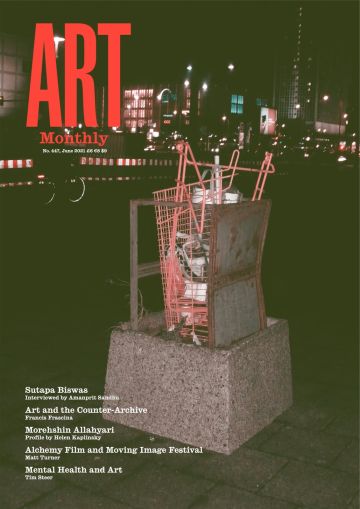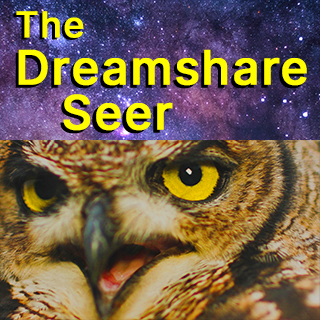Art Monthly 447
June 2021
Sutapa Biswas
Interviewed by Amanprit Sandhu
Art and the Counter-Archive
Francis Frascina
Morehshin Allahyari
Profile by Helen Kaplinsky
Mental Health and Art
Tim Steer
Buy Now – select:
Want to read this right now?
Get instant access to the entire back catalogue via Exact Editions from only £8.99!
Contents
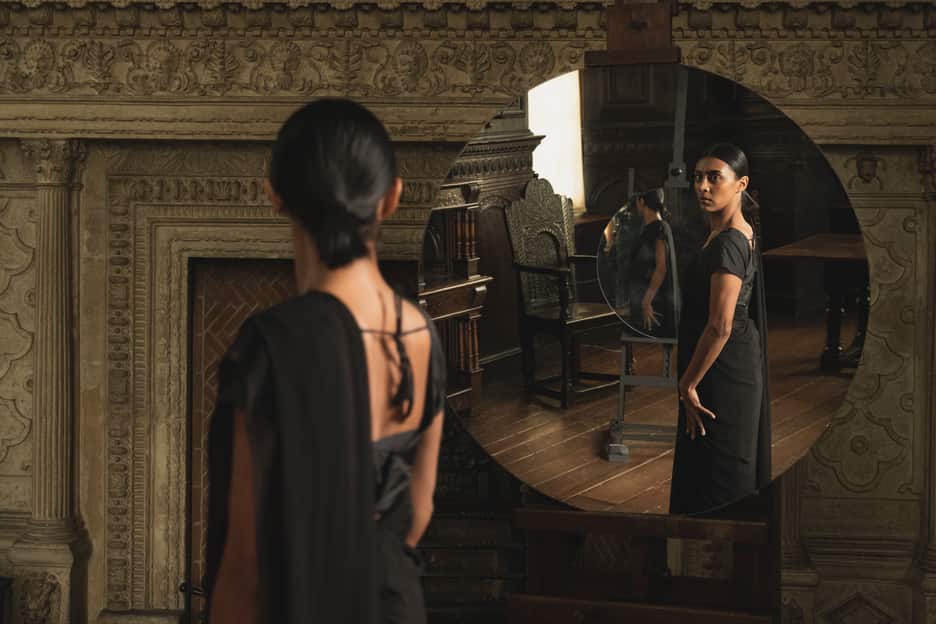
Sutapa Biswas, Lumen, 2021
Feature
Displacement
Sutapa Biswas interviewed by Amanprit Sandhu
I had to revisit what I imagined was the mindset of my mother at the time that she left India for England, travelling by herself by sea with five young children; travelling to the country of the very people who had violently colonised India for several hundred years.
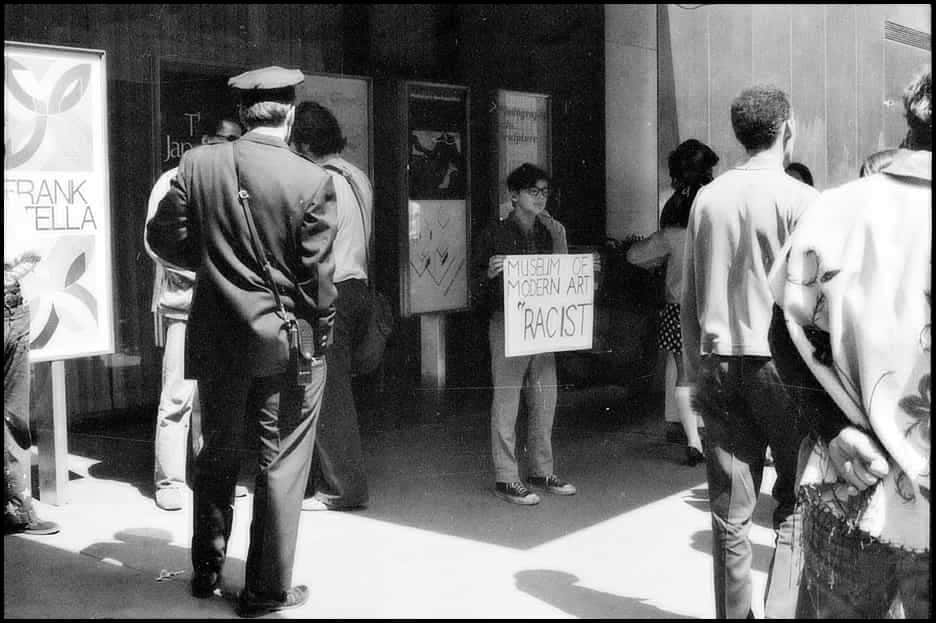
The Art Workers’ Coalition and Guerrilla Art Action Group protest outside MoMA, New York, 8 January, 1970
Feature
Art and the Counter-Archive
Francis Frascina proposes alternative ways of compiling and accessing art archives
The archive promises historical and documentary completeness in its secure vault, but inevitably occludes loss, absence and separation. Think of official slavery archives, rendered incomplete for the tragic reasons expressed in Derek Walcott’s 1979 poem ‘The Sea is History’.
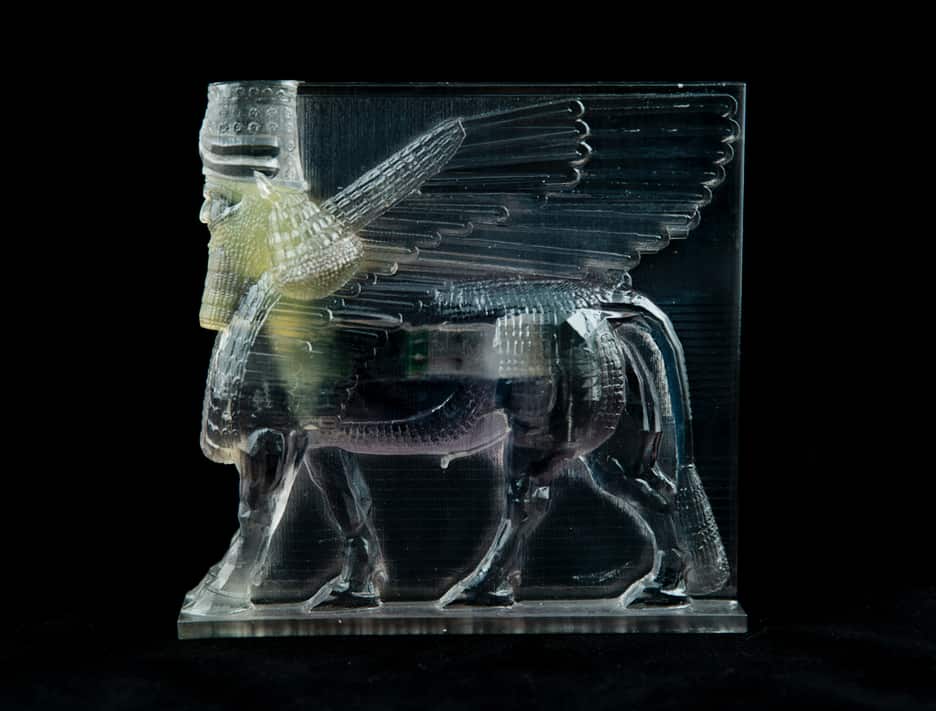
Morehshin Allahyari, Lamassu, from ‘Material Speculation: ISIS’, 2015–16
Profile
Morehshin Allahyari
Helen Kaplinsky on the Iranian artist’s use of folklore to restore erased histories while critiquing techno-positivism
While there has been much debate recently concerning the restitution of items seized before living memory, such as the Benin Bronzes, Morehshin Allahyari questions the fate of heritage in the midst of today’s current conflicts.
Editorial
Dull and Duller
Education secretary Gavin Williamson has announced a 50% cut to higher education arts funding, expanding his government’s culture war into a war on culture.
If this were not bad enough, the letter goes on to say, ‘we would then potentially seek further reductions in future years’, assuming there is anything left to cut by then.
Letter
Underlands
Michaële Cutaya proposes that artists stop digging and instead focus on surfaces
I would say that it is sidewards we should be looking rather than downwards; that it is the superficial that needs our urgent attention more than geological strata.
Artnotes
Lack of Trustee
The government continues its culture war by blocking the reappointment of a museum trustee over his work on decolonisation; the Public Campaign for the Arts organises against the government’s 50% cut to higher-education arts funding; a senior curator at LA MOCA resigns over the leadership’s lack of support for her inclusion work; artists go on hunger strike after their work is criminalised; the FBI’s Art Crime Team returns a British artist’s work stolen by white supremacists; plus the latest on galleries, people, prizes and more.
Obituary
Richard Nonas 1936–2021
Martin Holman
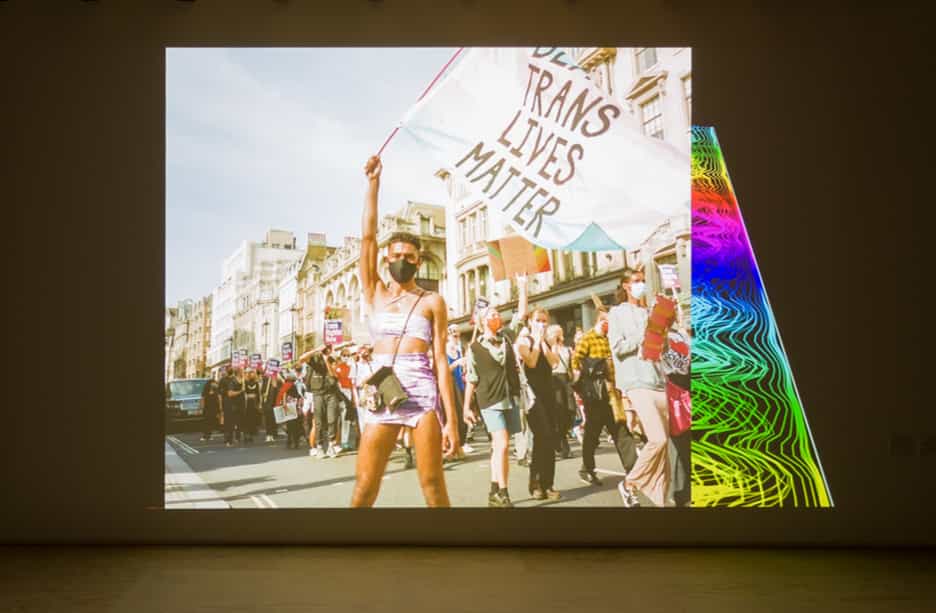
Chooc Ly Tan, On The Offbeat, 2020
‘Syncopes’, Mimosa House
Exhibitions
Alice Channer: Megaflora
Large Glass, London
Chloe Carroll
Syncopes
Mimosa House, London
Tess Charnley
Manfred Pernice: >accrochage<
Galerie Neu, Berlin
Mark Prince
Olivia Bax: Off Grid
Tremenheere Sculpture Gardens, Penzance
Martin Holman
Matt Bollinger: Collective Conscious
Mother’s Tankstation, London
Hettie Judah
London Round-up
Bobinska Brownlee • PUBLIC Gallery • Sim Smith • J Hammond Projects
Paul Carey-Kent
Books
David Curtis: London’s Arts Labs and the 60s Avant-Garde
Colin Perry
Art history comes alive in gossip, name-dropping and slanderous half-memories, and David Curtis’s account is stuffed to the brim with such material.
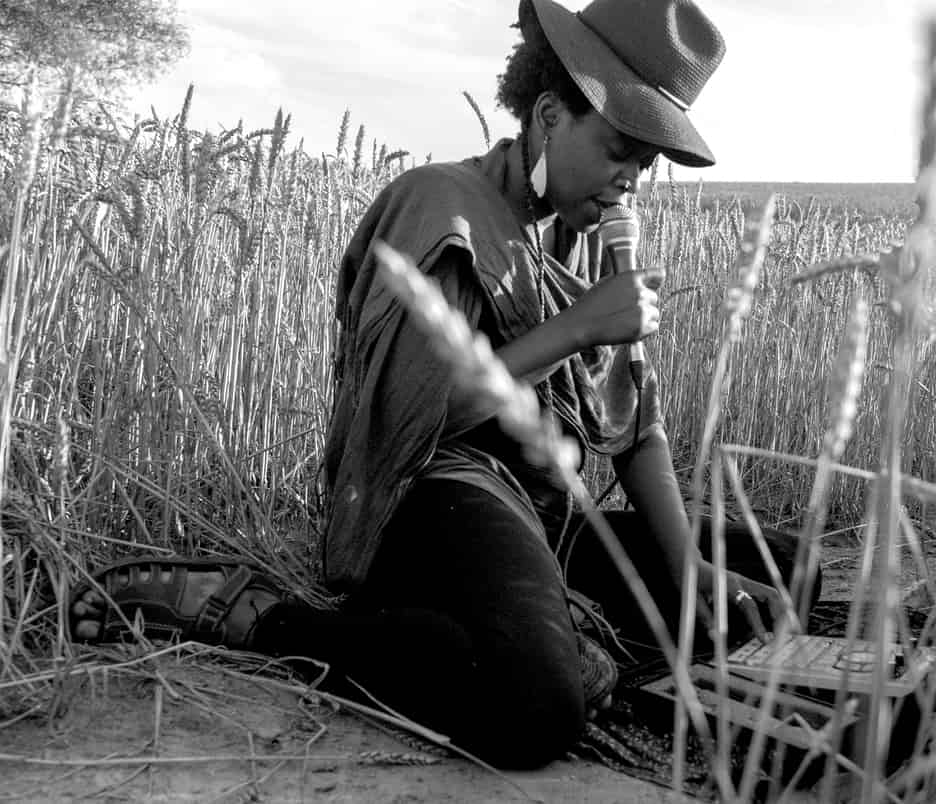
Elsa M’bala, performance in the field, 2017, photo by Simone Gilges
Cathy Lane and Angus Carlyle: Sound Arts Now
Greg Thomas
While many non-western hubs appear to have been established – in Hong Kong, Taiwan, India – some artists, such as the Cameroonian Elsa M’bala, appear to be working with tenuous infrastructural support.
Alexandra Moschovi: A Gust of Photo-Philia – Photography in the Art Museum
Chris Clarke
Conceptual and performance art practices which utilised photography as a form of documentation rendered notions of medium-specificity redundant while, conversely, tendencies towards larger-scale, high-definition images imbued other photographs with a sense of aura and awe more readily associated with painting.

The Decorators, Portal Tables: Connecting Multiscalar Communities, 2021
Online
The Decorators: Portal Tables – Connecting Multiscalar Communities
Ellen Mara De Wachter
The shake-up of rituals occasioned by the pandemic has given artists interested in social relations much to ponder.

Richard Fung, Sea in the Blood, 2000
Film
10th Alchemy Film and Moving Image Festival: Alchemy Live
Matt Turner
In Sea in the Blood, Richard Fung describes his relationship with disease, having lost a sister to thalassemia around the same time that his partner was diagnosed with AIDS.
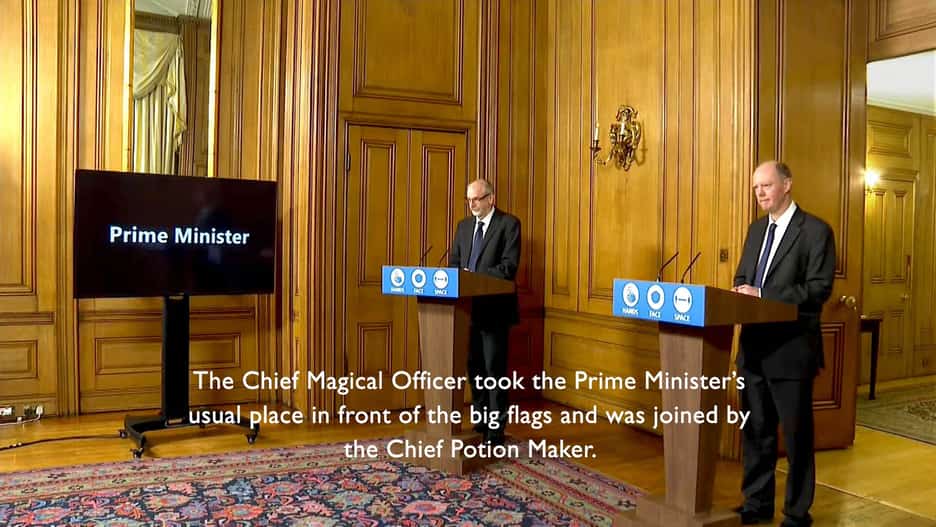
John Smith, Covid Messages, 2020
John Smith: Citadel and Covid Messages
Alexandra Hull
John Smith pokes fun at the government’s mishandling of the pandemic while also documenting a significant period in UK history, of lockdowns and tedious press conferences and the Tories’ prioritisation of the health of the economy over the health of the nation, which led to disaster for both.
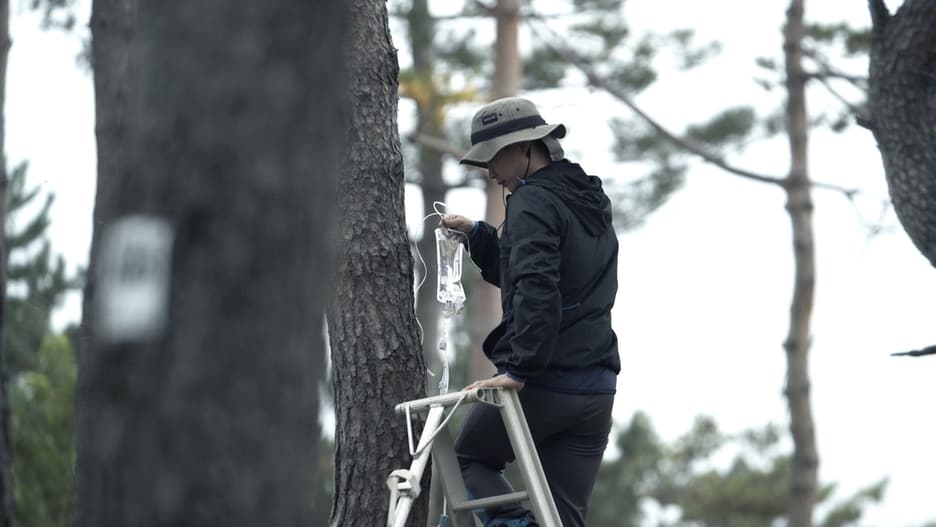
Jeamin Cha, Sound Garden, 2019
Reports
Mental Health and Art
Tim Steer
Recent contemporary art projects, such as the ICA’s programme ‘THIS WORLD MAKES US SICK’, devised by the bare minimum collective, and the lecture series ‘Don’t Worry I’m Sick and Poor’, have pointed to the relationship between neoliberalism, illness and mental health.
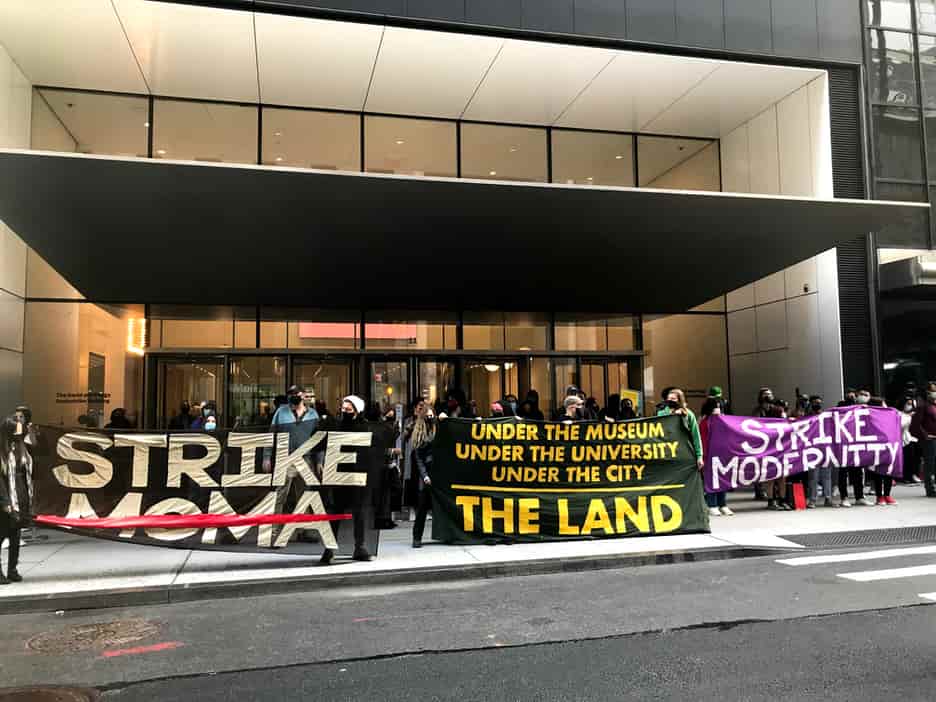
activists gathered outside MoMA, 30 April 2021
Reports
Strike MoMA
Saim Demircan
‘Whether Leon Black stays or goes, a consensus has emerged: beyond any one board member, MoMA itself is the real problem,’ continues Strike MoMA’s argument, which views the museum as a monument to the failings of Modernism.
Comment
On Critical Distance
Matthew Bowman
If the critic speaks through the doorbell camera, then that would be the human condition. Detachment and attachment are each other’s inner lining.
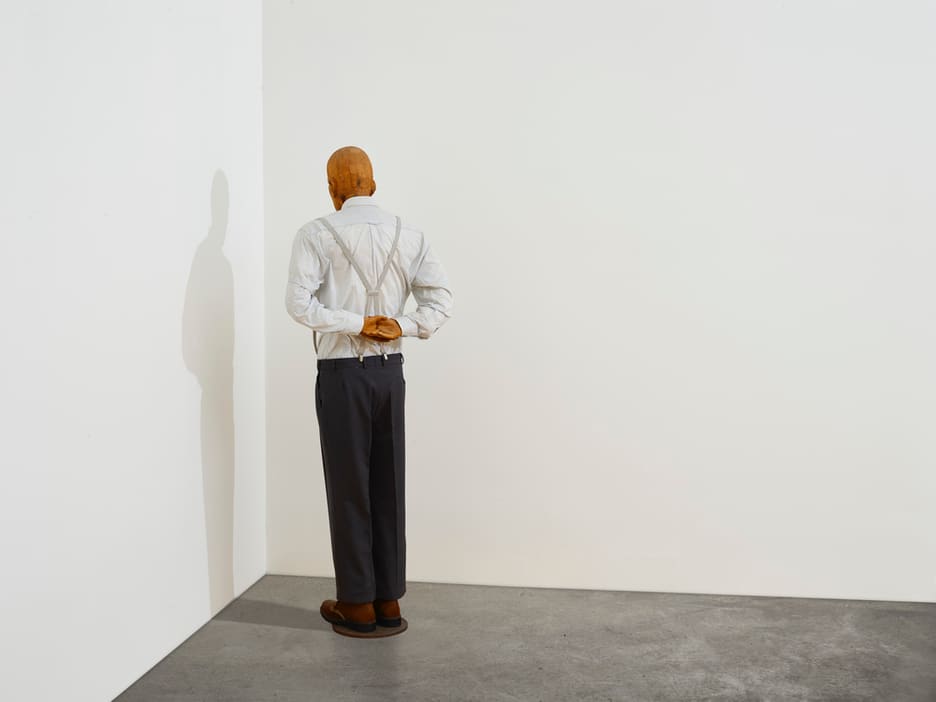
Martin Kippenberger, Martin, Into the Corner, You Should Be Ashamed of Yourself, 1989, estimated at $10-15m, sold for $9.5m
Salerooms
Cautionary Tales
Colin Gleadell
Fractional ownership is something finance people have tried to introduce into the art world in the past, but without much success. Now it is being reported that resales of NFTs are not going too well; in fact, they are going down in value for the poor investors.
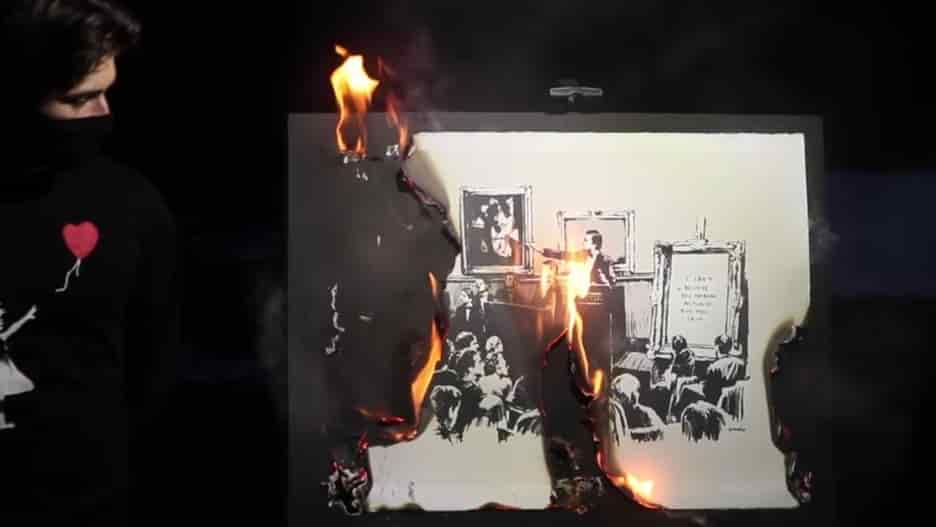
BurntBanksy cunning stunts
Artlaw
Crypto Art Business
Henry Lydiate
Making/minting an NFT of an artist’s original artwork without the artist’s express prior permission or licence, then trading the NFT commercially, might arguably be breaches of the artist’s copyright in the physical/analogue image of the artwork. Furthermore, burning a physical artwork and posting a video of that execution to be viewed thousands of times worldwide might arguably be a breach of the artist’s statutory moral right not to have their work suffer derogatory treatment.

